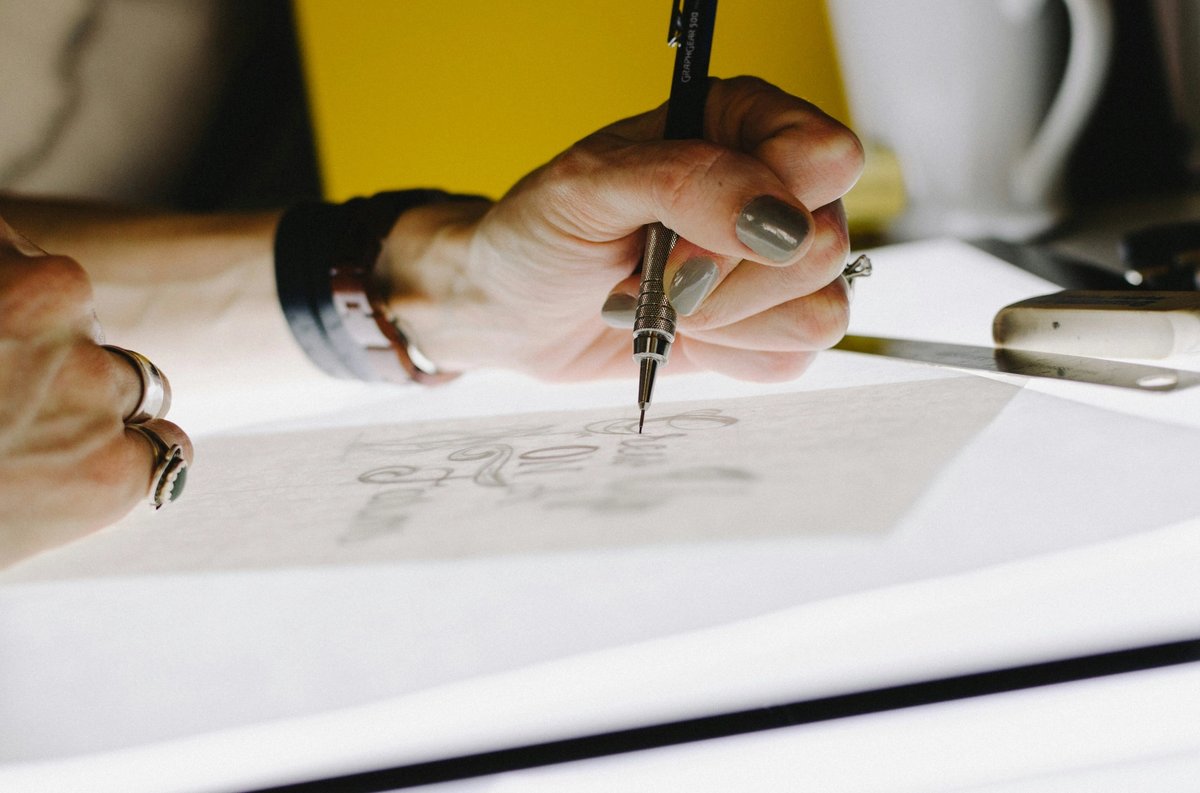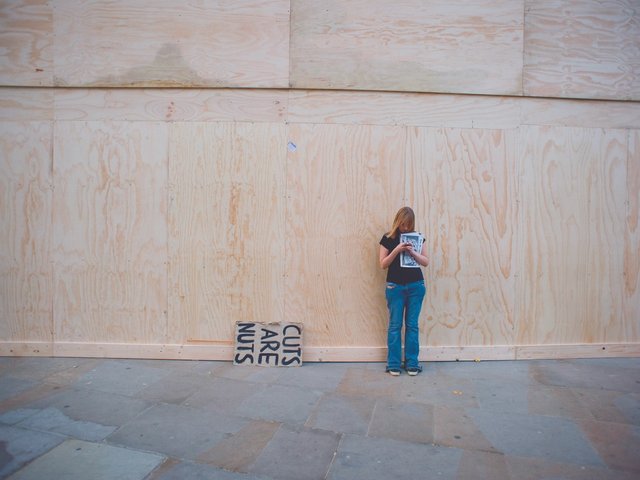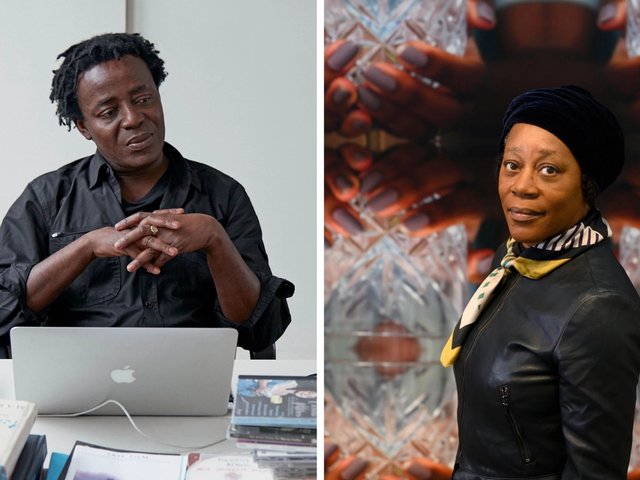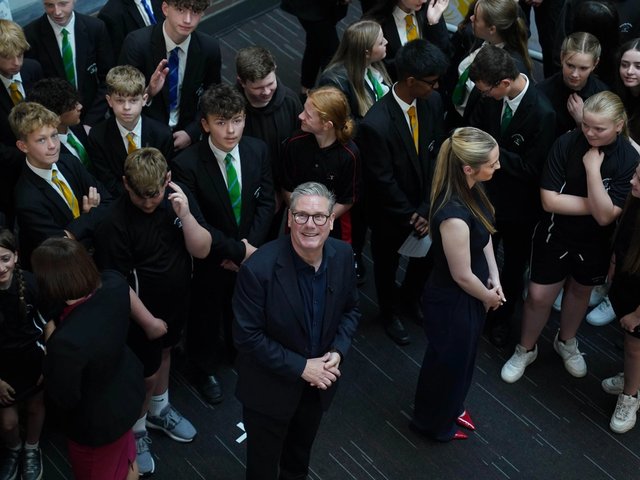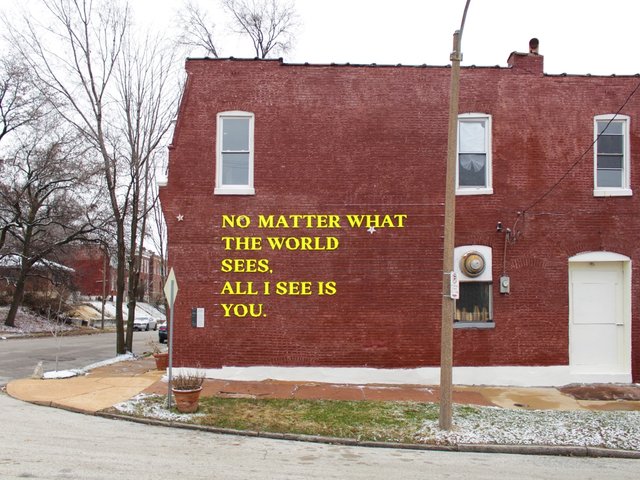Visual artists in the UK take home a median annual salary of only £12,500 a year, a 40% decrease since 2010, a new survey commissioned by the Design & Artists Copyright Society (DACS) has found.
The UK Visual Artists’ Earnings and Contracts Report 2024, produced by DACS with the University of Glasgow, is based on a survey of over 1200 visual artists across the UK. It comes against a backdrop of concern for the country’s visual arts sector, which earlier this year led more than 20 UK visual arts organisations to issue a collective manifesto calling on the newly elected Labour government to back the ailing sector.
Christian Zimmermann, the chief executive of DACS, says in a statement: “The widespread low pay and precarity artists face today pushes talent out of the sector, and limits the creativity of our artists. This report shows us in no uncertain terms that visual artists need greater support and protections to navigate the challenges of a changing world, whether that’s generative AI scraping their work, income instability, or the rising costs of studio rents.”
The report highlights disparities across different demographics and professions, with women earning 40% less than men, and disabled artists earning a median of just £3,750 per annum. Meanwhile photographers and illustrators reported median earnings of £12,500, while painters earn around £7,500.
Crucially, more than 80% of respondents reported their sources of income to be “unstable, or very unstable” with many artists supported by another household member such as a spouse or partner.
The report also highlights the issue of class, noting that more than half of respondents come from a socio-economic background associated with the highest levels of privilege—more than double the figure for the general workforce in the UK. Visual artists from less privileged socio-economic backgrounds face income drops of up to 40%, earning £7,500 compared to the £12,500 median.
The document goes on to describe visual arts as a “privileged profession” where “only those with certain economic advantages can afford to pursue and sustain a career”. “Such dynamics reinforce a cycle where only those with certain economic advantages can afford to pursue and sustain a career in the arts,” adds the report.
Other issues raised by the findings include the rapid developments around Artificial Intelligence (AI), with artists sharing concerns regarding the unauthorised use of their work to train AI systems, and the impact this could have on intellectual property rights and future earning potential.
An artist cited says: “We need to be allowed to hang on to our copyright. If AI companies create software that uses our images to recreate other images, we should get paid for it. It’s absolutely vital.”
The importance of social media platforms, especially for raising revenue, is also discussed. For artists engaged in social media, almost 20% of their income comes from channels such as brand partnerships and fan donations, according to the survey.
“I negotiated a commercial job with a big brand: £75,000 for 3 months of work. The reason I’m getting those higher rates is because I have a lot of Instagram followers,” says an artist cited.
However, the report also states that “social media, as a product of the technological revolution, has impacted visual artists by opening channels for anyone to post content, thereby diluting the cultural and financial value of professional artists”. Thirteen per cent of artists have also faced restrictions from social media platforms, encountering censorship due to artistic content containing nudity.
Brexit meanwhile is still having an impact. “More than half of visual artists surveyed have noticed changes in the demand for their services in the UK or EU post-Brexit (56.5%) and that this change was negative in virtually all cases (97.7%),” the survey adds.


